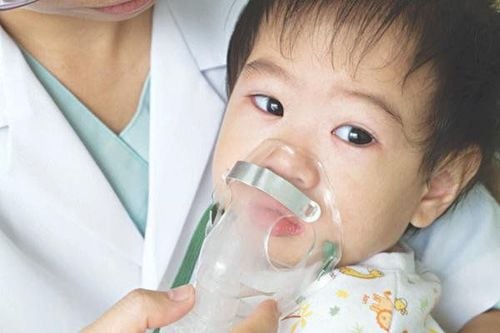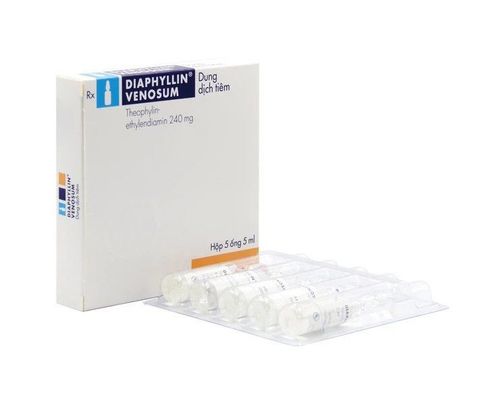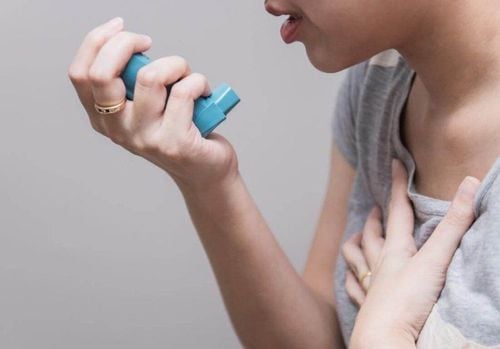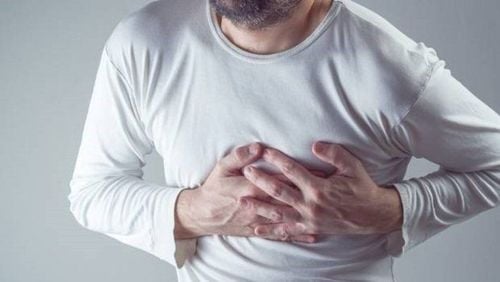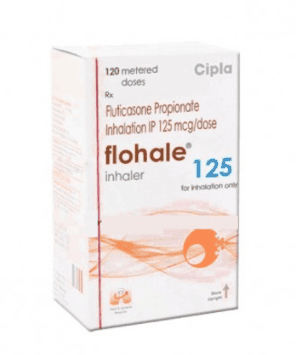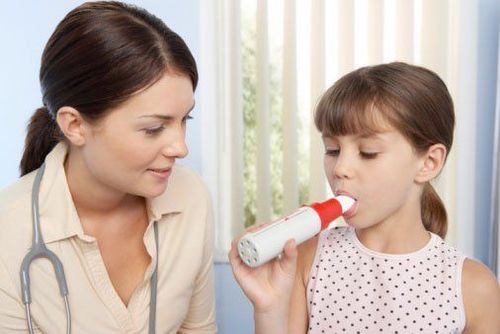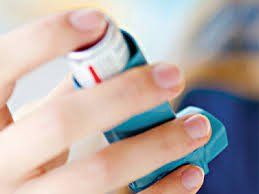This is an automatically translated article.
The article is professionally consulted by Master, Doctor Doan Ngoc Quynh Tram - Department of Pediatrics - Neonatology - Vinmec Nha Trang International General Hospital.
Asthma can occur at any age, including young children. Asthma attacks often appear after a respiratory infection caused by a virus or bacteria, when the weather changes during the season changes, or appear due to inhalation of dust, ... Symptoms of bronchial asthma in children are coughs. persistent, especially worse at night; wheezing, labored breathing; heaviness in the chest...
1. Bronchial asthma in children
Asthma is a chronic inflammatory disease of the airways, causing intermittent airway obstruction, commonly seen in children under five years of age and often recurs with symptoms of wheezing and shortness of breath. Asthma in children causes bad immediate and long-term consequences for children.Causes of asthma in children:
First is due to family factors: If a child is born in a family where one parent does not have asthma, the risk of asthma is very high. as low as 10%,. However, the risk of asthma increases to 25% if one parent has asthma and to 50% if both parents have asthma. The second is the atopic factor: Children who often suffer from eczema, hives, allergic rhinitis or other allergic diseases... are at risk of bronchial asthma. The third is due to weather, habitat such as smoke, dust, animal hair..., microorganisms (some respiratory viruses, molds), food (shrimp, crab, snail, food) preservatives), and other triggers such as extreme exercise.
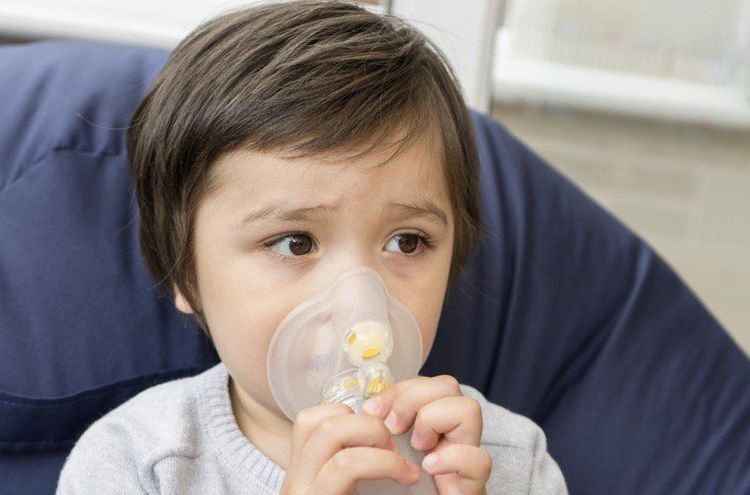
2. Symptoms of bronchial asthma in children
However, in fact, the diagnosis of bronchial asthma in children is often delayed, especially asthma in 1-year-old children. This inevitably limits the effectiveness of the treatment. Therefore, the recognition of symptoms of bronchial asthma in children contributes to the diagnosis of the disease for timely treatment.Cough: Recurrent or persistent dry cough that worsens at night or is accompanied by wheezing and shortness of breath. Cough occurring with exertion, laughter, crying or exposure to cigarette smoke, polluted air, is not associated with acute respiratory infection. Wheezing: Recurrent wheezing, either during sleep or when there are triggers such as exertion, laughter, crying, exposure to tobacco smoke or polluted air. Shortness of breath: Occurs with exertion, laughing, or crying. Decreased activity: Not running, playing or laughing like other children, getting tired earlier when walking (demanding to be held) is one of the symptoms of bronchial asthma in children. Personal and family background: I have atopic dermatitis, allergic rhinitis, asthmatic parents. In cases of malignant asthma, consecutive asthma attacks occur daily, often more severe in the afternoon and at night. Children with asthma often have difficulty breathing, no fever, and are not contagious. Asthma progresses very erratically, in some cases stabilizing after the child is over 5 - 6 years old, but in others after 15 years, the asthma reappears, even after 20 - 30 years. If the disease is detected early and effectively prevented, it will significantly reduce the frequency of asthma in adulthood, especially severe asthma.
Trắc nghiệm: các chỉ số cần chú ý về sự phát triển thể chất của trẻ
Chiều cao, cân nặng của bé ở từng giai đoạn nên là bao nhiêu là bình thường, bao nhiêu là bất thường? Cùng ThS.BS Ma Văn Thấm điểm lại xem bạn đã nắm được các chỉ số phát triển thể chất của bé chưa nhé!The following content is prepared under supervision of Thạc sĩ, Bác sĩ y khoa, Ma Văn Thấm , Nhi , Phòng khám Đa khoa Quốc tế Vinmec Dương Đông(Phú Quốc)
3. General measures to care for children with bronchial asthma
Avoid causes that can trigger an asthma attack such as: Do not leave pets in the house, kill cockroaches; do not smoke in the house and in the vicinity of children; do not leave strong-smelling substances in the house; Avoid using sprays such as room sprays, mosquito sprays, and insect repellents. Children's sleeping place: should be clean and tidy, not carpeted. Regularly wash bed sheets and blankets; Do not allow children to play with stuffed animals and do not allow animals in the place where children sleep. Use windows (close or open) to maintain clean and fresh air When children have an asthma attack: It is necessary to recognize early signs of bronchial asthma in children such as coughing, wheezing, chest tightness, shortness of breath, waking up night. If you have been instructed by the doctor, you need to give the child a quick-acting reliever. Even if children get better, they still need to rest for 1 hour. When asthma relievers do not work or have only a short effect, the child still has difficulty breathing, has difficulty speaking, has to sit and breathe, and pulls the area around. around the ribs and neck when breathing, nose flaps, purple lips or fingertips - these are very serious signs that need to take the child to the emergency room immediately. Although asthma is an incurable disease, it can be well controlled. Preventing bronchial asthma will help children reduce or no longer have asthma attacks, children can live, study and play normally.